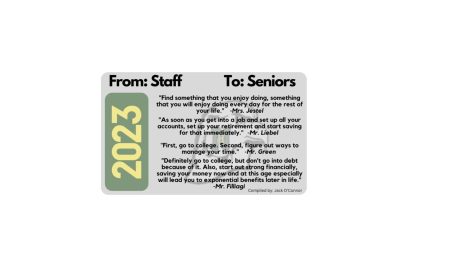Individuals’ experiences range Blindness proves to be unique
March 24, 2022
According to scientists, human beings have 5 senses, one of them being sight. Some people are deprived of it, and while the term “blind” can be seen as pretty straightforward, blindness is different in each individual.
This is why the question “what do blind people see?” can be answered in many different ways. On an Instagram poll of 162 students, only 67 percent knew that blindness is unique to each individual. One of these students, Lyndsay Smith, senior, shares her awareness, “some people are more visually impaired than others, and are able to see different things.” In addition, Heidi Gilman, senior, said, “some of it is also genetic, it can be different for everyone who has it.”
ThoughtCo found out that when someone is blind from birth, they “do not see at all, not even black.” Because this person has no other sight to compare against. An analogy that is often used to describe this is to tell someone to try and see out of their elbow. What do they see? Nothing.
Furthermore, according to a government official website Rare Diseases, a person who is totally blind can have Non-24-Hour-Sleep-Wake Disorder. This disease makes someone’s biological clock “fail to synchronize to a 24-hour day.” Since it is hard to tell if it is nighttime or daytime when totally blind, this condition makes their sleep schedule get disrupted.
On the other hand, legally blind individuals can see large objects and people but they are out of focus. In some cases they can see colors or see in focus at a certain distance, but it is “highly variable,” according to Joey, ThoughtCo interviewee.
A person with light perception blindness can’t form clear images, but can tell if the lights are on, or off. Even the “general source and direction of a light,” is able to be distinguished for many who are light perceptive. Journalist Sandy Murillo, who is blind, explains, “some of the things I and most people who have light perception can ‘see’ are things like sunlight, camera flashes, and the lights from computer monitors or television screens.”
Murillo further explains, “While only 18 percent of people with significant visual impairments are actually totally blind, most can at least perceive light.”
Moreover, there is tunnel vision blindness. Someone who has tunnel vision can see relatively normal, but only within a certain radius. According to WebMD, the causes of tunnel vision can range from “glaucoma, and retinitis pigmentosa.”










